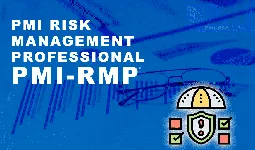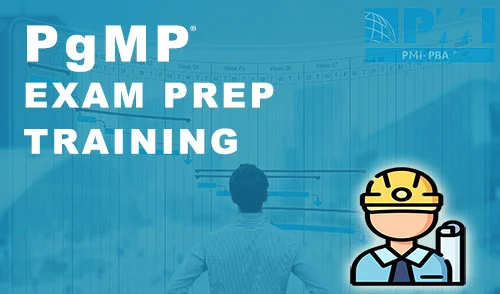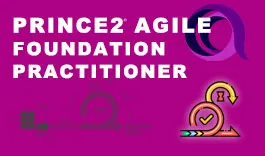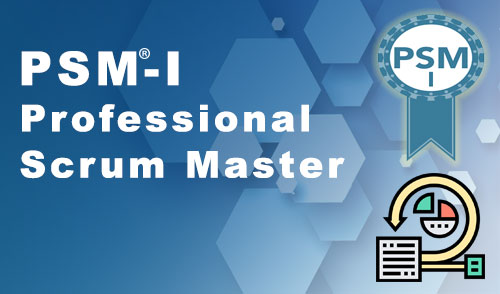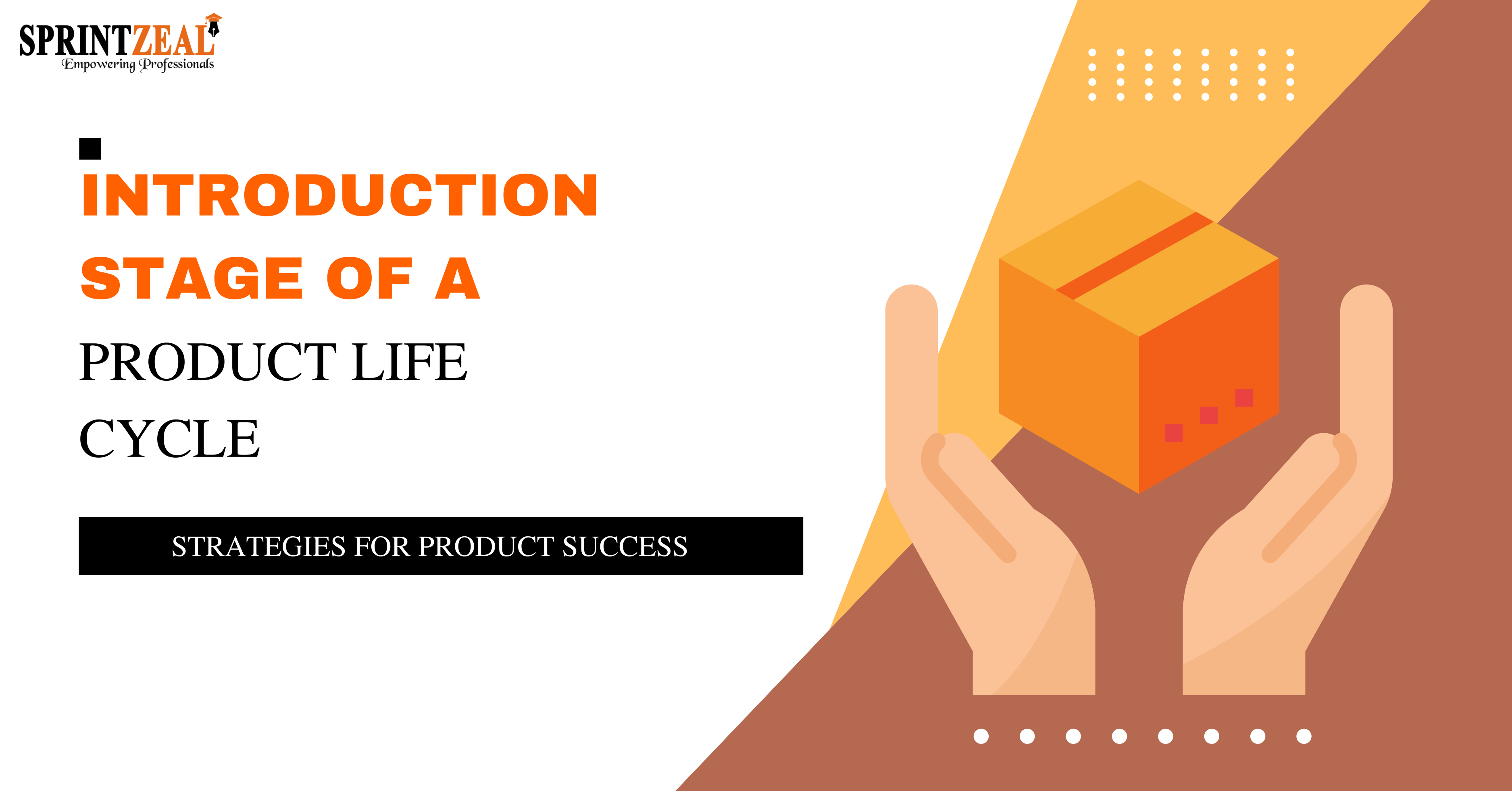Agile Scrum Methodology - Benefits, Framework and Activities Explained
-
 By Nandini
By Nandini - Published on Mar 25 2024
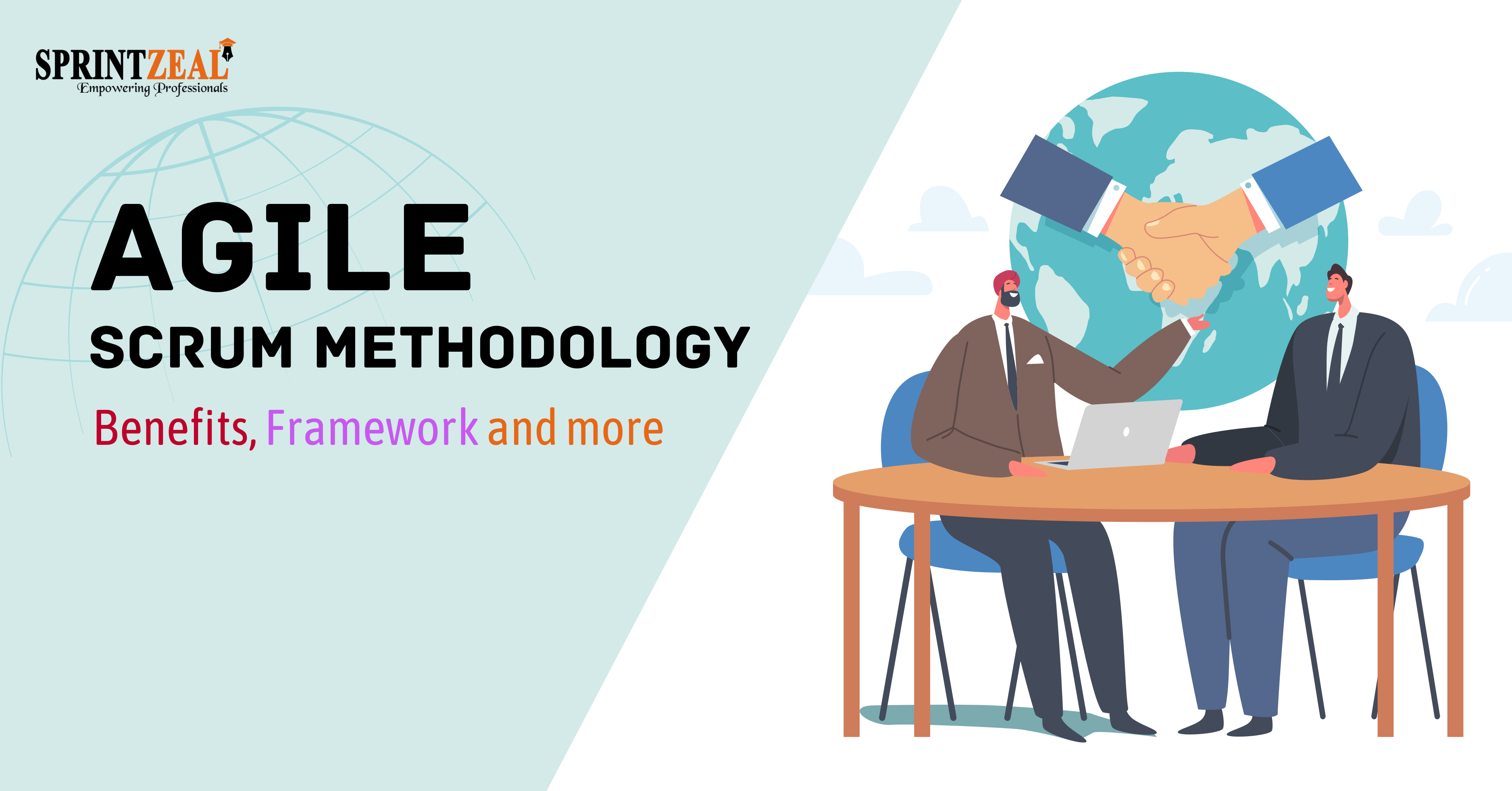
Table of Contents
What is Agile Scrum Methodology?
Scrum is an agile framework used in managing projects, primarily for software development. It can be referred to as a set of tools that are used to develop software and manage projects efficiently.
The scrum methodology is a significant part of many agile application lifecycle management initiatives. Being one of the most widely adopted and popular agile methodologies, the agile scrum methodology has also been a controversial topic.
While some believe the term "scrum" was introduced by Hirotaka Takeuchi and Ikujiro Nonaka in 1986, others claim it was introduced by Jeff Sutherland, John Scumniotales, and Jeff McKenna in 1993.
However, after several debates and research, it was found that Hirotaka Takeuchi and Ikujiro Nonaka were the ones to come up with the concept of the scrum framework and wrote about this in a Harvard Business Review article titled "The New Product Development Game."
Later, Jeff Sutherland invented Scrum and introduced it to Ken Schwaber.
With the adoption of agile scrum methodologies, team satisfaction and productivity at work are increasing.
The need for agile scrum methodology arose as the waterfall method had a few drawbacks. It didn’t allow the team to move to the next phase of a project until the current phase was finished.
The Scrum framework helps project managers develop a process that is easy to plan, understand, and execute.
Benefits of Agile Scrum Methodology
Following are the benefits of using agile scrum methodology in detail.

-Reduced risk with scrum methodology
The scrum framework alleviates the risk of failure by promoting fast delivery and reducing time to market.
It saves huge amounts of money, time, and effort by avoiding failures before they happen. Completing tasks that hold the greatest risk first reduces the chances of failure.
Plus, in case of failure, the agile scrum methodology helps curb the situation to quite an extent.
-Better-quality products using scrum methodology
The scrum framework's continuous feedback method makes it simple to maintain high-quality products while eliminating defect areas.
Improved productivity leads to better-quality products. The Scrum methodology provides teammates with relevant information for improvements on products.
The regular feedback from customers gives data about the requirements of the user. Upgrading product features become convenient with this data.
-Reduced time to market following the scrum framework
Compared to traditional methods, the scrum methodology delivers products faster.
As stakeholders' and customers' involvement is valued along with the presence of a scrum team, the documentation phase is skipped.
The scrum framework helps save a lot of time and contributes to faster product development and delivery. Unlike the traditional method of development, the agile scrum methodology doesn’t hold back the releases until the completion of the project.
In fact, it promotes regular releases in order to keep the customer satisfied. Marketing and publicity take place during this extra time, resulting in higher rates of return.
-High returns on Investments with scrum methodology
Every business strives to attain higher rates of return.
With agile scrum methodologies, higher returns on investment can be obtained. One of the major contributors to this is the reduced time to market.
When the time to market is improved and the product is released before schedule, it gains more exposure. This in turn enhances the chances of gaining high returns.
With the saved time, ROI increases, fulfilling the business needs of an organization.
|
Become a certified scrum master with the CSM - Certified Scrum Master Certification Training offered by the governing body Scrum Alliance |
-Improved customer satisfaction
Scrum methodologies focus on improving the customer-seller relationship.
It involves customers in projects and keeps them informed of developments throughout the process.
This gives them a sense of assurance and builds trust between both parties. It caters to the customer’s needs and responds to requests promptly.
During sprint reviews, it exhibits the functionalities of the work to the customers and stakeholders. Most importantly, the scrum framework schedules continuous releases of products in order to maintain consistent delivery for the customers.
-Improved team dynamics
Scrum boosts productivity and improves work quality for a team. With reduced miscommunication, the teammates tend to support each other’s work and decisions.
Scrum promotes a cross-functional method of working, which helps employees expand their horizons and acquire new skills from their teammates.
Since the scrum team allows the members to make decisions that were otherwise made by managers and other higher officials, it breaks down the organizational barriers.
Most of all, these work practices reduce pressure and stress among teammates, which in turn contributes to productivity.
In order to gain these benefits, the proper application of agile scrum methodology is essential.
|
Suggested Course - CSPO - Certified Scrum Product Owner Certification Training |
What are the steps involved in scrum activities?
The below mentioned are the activities carried out in the scrum methodology process:

- Planning meetings
Planned meetings are the first step in the sprint. In this step, a meeting is called to gather all the SCRUM members.
The agenda of this meeting is to identify the user story based on the issue and act on it. Once this is decided, the team starts brainstorming in order to resolve the issue.
In some cases, a pre-planned meeting is also conducted before the main meeting. In that case, the individuals are expected to identify the areas for issues and improvements to discuss in the main meeting.
- Execution
The second step of the sprint is execution.
Once the issue is identified and the plan is laid out, it is executed by the entire team. Each plays his or her specific role and transforms the plan into action.
- Daily follow-up
More like keeping track of progress, the daily follow-up, or "stand-up," is the phase where at least 15 minutes of time is contributed to analysing the progress of work each day.
In this, the team discusses potential risks, existing obstacles, and the agenda for the day.
A brief conclusion about daily progress is given by the team members. This is conducted by the scrum master and aims to keep track of progress.
- Review meeting
As the name suggests, a review meeting is held when the sprint cycle ends and the product is ready.
After resolving the issue and implementing the user story, the agile scrum master presents the stories to the product owner.
- Retrospective meeting
The review meeting is then followed by the retrospective meeting.
In this, the scrum team gathers yet again, but this time the agenda is to conclude the whole process.
Things like best results, undesired situations, and lessons learned are taken into focus. Based on the situation, a conclusion is drawn and implemented for future projects.
Challenges and Considerations When Implementing Agile Scrum
While Agile Scrum offers a structured framework for project management, it's essential to acknowledge that it's not an all-in-one solution. Here are some key challenges and considerations to keep in mind when implementing Agile Scrum:
- Change Management:
Implementing Agile approach can require a significant cultural shift for organizations accustomed to traditional methodologies. Developing a collaborative environment, promoting open communication, and adapting to change are crucial for successful adoption. - Team Composition:
Agile Scrum thrives on self-organizing teams with diverse skillsets and a collaborative mindset. Building a team with the necessary technical expertise and a strong sense of collaboration is the crucial step in implementing Agile Scrum Methodology. - Project Scope Creep:
Agile methodologies prioritize flexibility and adaptation. However, uncontrolled scope creep can derail project timelines and goals. Clearly defined product requirements and effective backlog management is the key to mitigating such risks. - Client Integration:
Successful Agile projects require active client involvement. Regular communication and feedback loops ensure that the project aligns with evolving client needs and expectations. - Metrics and Performance Measurement:
Traditional project management metrics might not always lead to perfect agile environments. Developing appropriate metrics to track progress, measure team performance, and identify areas for improvement is crucial.
Addressing these challenges proactively sets the stage for a smooth Agile Scrum Methodology implementation and maximizes its potential benefits for your organization.
Conclusion
The Scrum methodology is designed to enhance team satisfaction, quality, productivity, customer satisfaction, and transparency for stakeholders. The adoption of the scrum methodology greatly improves the work environment through the active involvement and participation of team members.
It offers early and efficient releases while not compromising the quality of the product at any cost.
To get scrum alliance training and agile certifications, reach us at Click Here or chat with our course expert.
Read more to cover:
Subscribe to our Newsletters
Popular Programs
PSM® - Professional Scrum Master Certification
Live Virtual Training
- 4 (75 + Ratings)
- 28k + Learners
Trending Posts
SAFe Implementation Roadmap Guide
Last updated on Sep 13 2024
Cutting-Edge Technology of Google Cloud
Last updated on Jan 8 2025
Product Roadmap: An Ultimate Guide to Successful Planning and Implementation
Last updated on Sep 27 2023
Successful Product Strategies for Introduction Stage of Product Life Cycle
Last updated on Oct 19 2023
Devops Tools Usage, and Benefits of Development Operations & VSTS
Last updated on Oct 18 2022
Agile Manifesto - Principles, Values and Benefits
Last updated on Dec 9 2022
Categories
- Agile Management 54
- AI and Machine Learning 42
- Big Data 53
- Business Management 51
- Cloud Computing 44
- Digital Marketing 56
- Information Security 8
- IT Hardware and Networking 17
- IT Security 103
- IT Service Management 29
- Leadership and Management 1
- Microsoft Program 2
- Other 43
- Programming Language 31
- Project Management 162
- Quality Management 75
- Risk Management 8
- Workplace Skill Building 2
Trending Now
List Of Traits An Effective Agile Scrum Master Must Possess
ArticleDevOps Vs Agile Differences Explained
ArticleDevops Tools Usage, and Benefits of Development Operations & VSTS
ArticleGuide to Agile Project Management 2024
Article10 best practices for effective DevOps in 2024
ArticleGuide to Becoming a Certified Scrum Master in 2024
ArticleWhy Should You Consider Getting a Scrum Master Certification?
ArticleCSM vs CSPO: Which Certification is Right for You?
ArticleAgile Manifesto - Principles, Values and Benefits
ArticleAgile Methodology Explained in Detail
ArticleAgile Project Management Explained
ArticleEssential Tools for Agile Project Management 2024
ArticleEverything about Scrum Methodology
ArticleScrum Workflow - A Step by Step Guide
ArticleLatest Agile Interview Questions and Answers To Look For In 2024
ArticleScrum Interview Questions and Answers 2024
ArticleTop Scrum Master Responsibilities 2024 (Updated)
ArticleProduct Life Cycle in Marketing: Essential Strategies for Product’s Success
ArticleDevOps Engineer Interview Questions - Best of 2024
ArticleDevOps Engineer - Career path, Job scope, and Certifications
ArticleBusiness Agility Guide - Importance, Benefits and Tips
ArticleScrum vs Safe – Differences Explained
ArticleCSM vs. PSM - Which Scrum Certification is Better?
ArticleSAFe Implementation Roadmap Guide
ArticleAgile Release Plan Guide
ArticleAgile Environment Guide
ArticleAgile Coaching Guide - Best Skills for Agile Coaches
ArticleAgile Principles Guide
ArticleSAFe Certifications List - Best of 2024
ArticleAgile Prioritization Techniques Explained
ArticleScrum Ceremonies Guide
ArticleProduct Owner Certifications List
ArticleScrum of Scrums Guide
ArticleWhat is DevSecOps and its Importance
ArticleData Processing - A Beginner's Guide
ArticleDevOps Career Guide 2024
ArticleStakeholder Engagement Levels Guide
ArticleScrum Master Career Path Explained
ArticleScrum Career Path Explained
ArticleTop Git Interview Questions and Answers [Updated 2024]
ArticleA guide to Agility in cloud computing
ebookProduct Roadmap: An Ultimate Guide to Successful Planning and Implementation
ArticleDMAIC Methodology - The Ultimate Guide
ArticleProduct Life Cycle Strategies: Key to Maximizing Product Efficiency
ArticleScrum Master Salary Trends in 2024
ArticleProduct Life Cycle Model: A Guide to Understanding Your Product's Success
ArticleWhat is a Product Owner - Role, Objectives and Importance Explained
ArticleSuccessful Product Strategies for Introduction Stage of Product Life Cycle
ArticleUnlocking Career Opportunities in Product Management: Your Roadmap to Success
ArticleSaturation Stage of Product Life Cycle: Complete Guide
ArticleCutting-Edge Technology of Google Cloud
ArticleHow to Write an Executive Summary for a Business Plan?
ArticleImportance of Procurement Management Software in Modern Business
Article
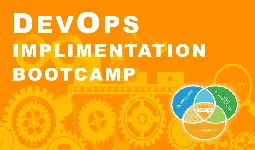

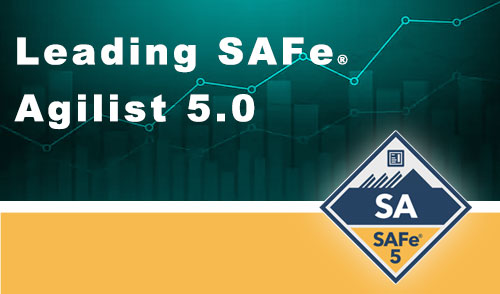

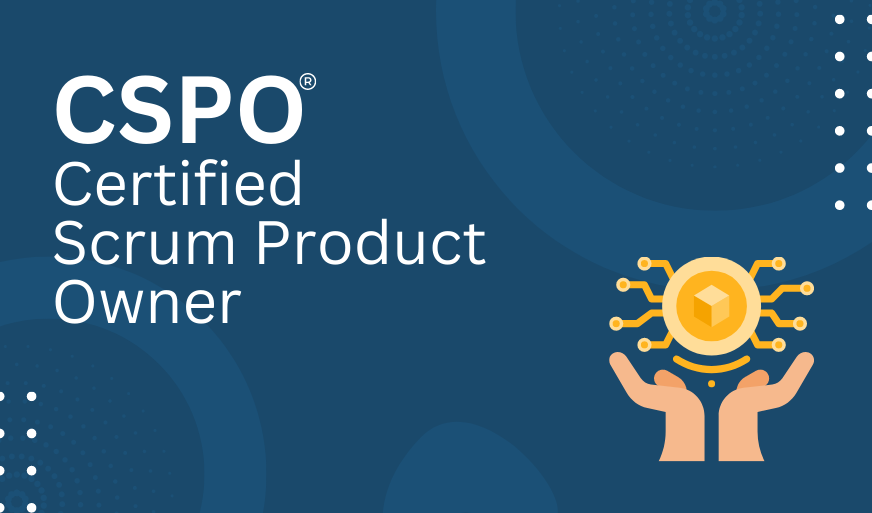
.webp)

